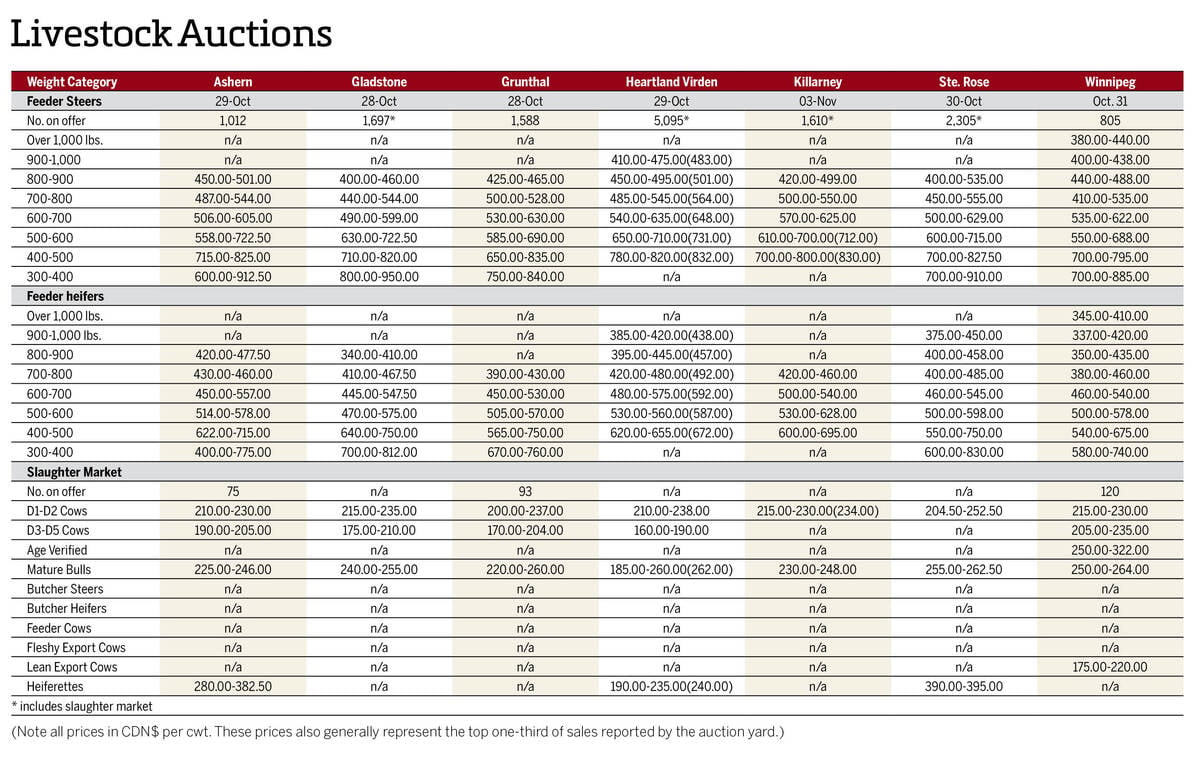Following the release of the May supply-and-demand estimates from the U.S. Department of Agriculture on May 12, July Minneapolis wheat surged to $13.16 per bushel — a new high for the contract. Over the course of the last week, that spring wheat contract has been on a tear, having jumped $1.0625. As well, Kansas City hard red wheat gained 93 cents per bushel in its July contract and Chicago July rose 72.25 cents (all those figures US$).
There are a number of factors behind these increases in wheat values. Looking first at North America, there’s the wide disparity in weather conditions. The eastern Prairies in Canada, along with North Dakota and Minnesota in the U.S. northern Plains, are thoroughly soaked. Planting progress has remained largely at a standstill as successive Colorado lows have dumped a great deal of precipitation. Any notions of these areas still being in drought were flushed away with swift currents of the spring run-off.
Then there’s the western Prairies, especially southern Alberta, where planting progress has ripped along leaving the rest of the region behind in the dust. And there’s lots of it. Dreadfully poor snow cover during winter and a lack of precipitation allowed farmers to get a quick start on their spring planting, but what has been put into the ground needs moisture — and soon. As well, there have been anecdotal reports of farmers waiting for that rain before attempting to sow any canola.
Read Also

Manitoba cattle prices, Nov. 4
Manitoba cattle sale prices for the week of Oct. 28 to Nov. 4, 2025.
Meanwhile, the U.S. southern Plains have been struggling with drought for some time. Winter wheat in some states is in wretchedly poor condition, with no reportable “excellent” ratings for California, Colorado and Texas, while eight other states cite single digits.
Elsewhere, the ongoing war in Ukraine will slash that country’s grain output. USDA chopped the projected Ukrainian wheat crop for 2022-23 to come in at 21.5 million tonnes, about 35 per cent less than the year before. Added to that is Ukraine’s current inability to export at a sufficient quantity, which has added to the immediate lack of wheat available on the global market.
While Ukrainian grains are being exported through Romania, it’s not enough and that will eventually raise the problem of where to store this year’s diminished harvest. Elevators and terminals throughout Ukraine very likely won’t be emptied in time, due to the necessity to move military supplies by rail, along with the destruction of ports by Russian forces.
While there is virtually no hope of ending Russia’s devastation of Ukraine any time soon, there is the promise of good crops in North America. Where there is ample moisture, the crops should get off to a good start once eventually planted. Should rain come to the dry areas, their crops will also have a chance to amount to something decent.
















